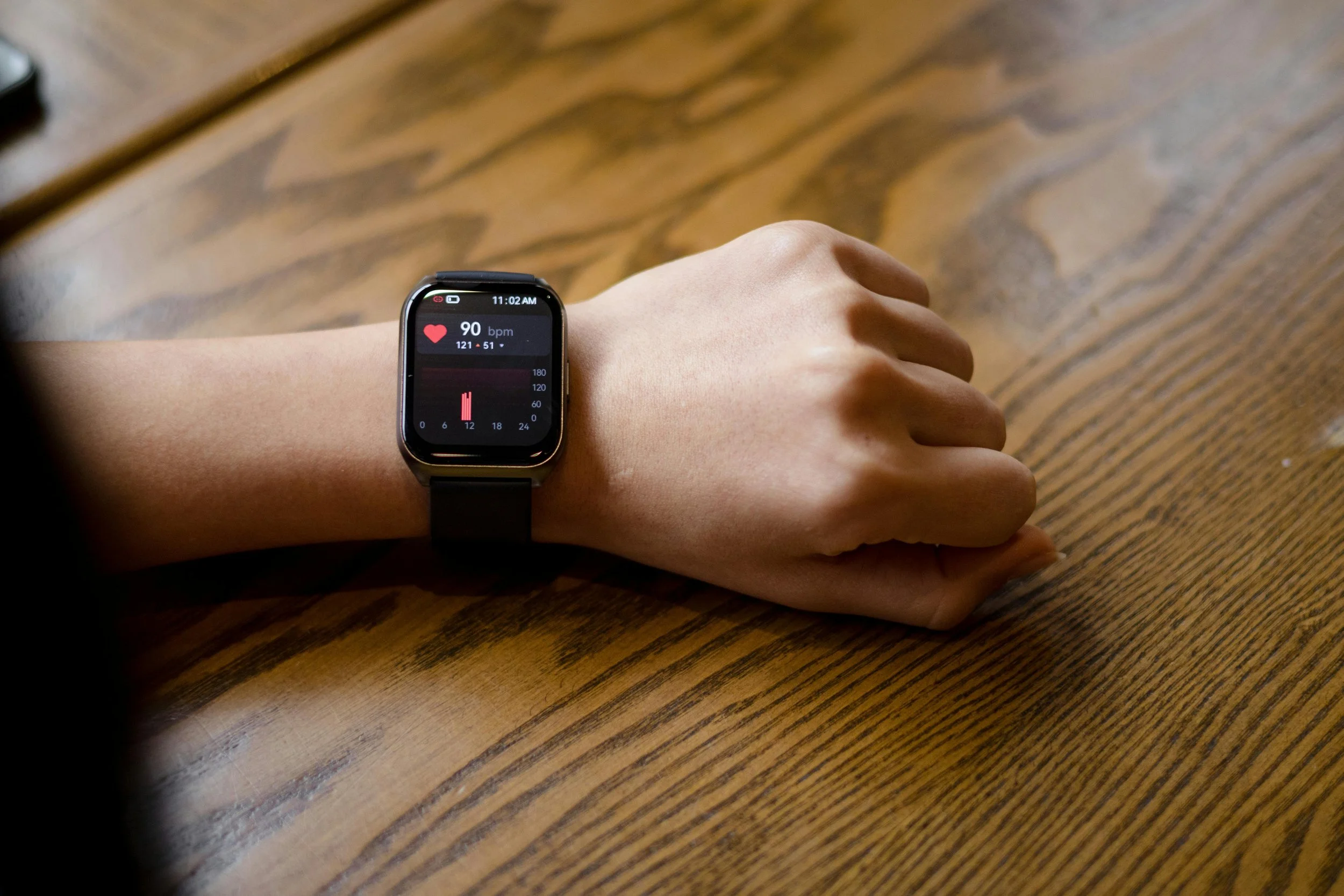The Future of Wellness: Self-Care Powered by Biometric Tracking
sharing is caring :)
Disclaimer: Je’Ana C. curates the Shades of Tatiana product selections. We only recommend products we genuinely love. If you buy something through our affiliate links, we may earn a small commission at no cost to you.
Photo by Pexels
If there’s one phrase that has taken over conversations in recent years, it’s “self-care.” Once dismissed as a fleeting buzzword, it has now evolved into a cultural cornerstone, embraced in countless ways by numerous people. But here, we’re not talking about luxury spa weekends or high-end skincare. Instead, this is about a deeper form of self-care: using tools that help us better understand our bodies, habits, and overall health.
Enter smart technology. These innovations have brought wellness out of the exclusive realm of gyms and doctors’ offices, placing it directly into our everyday lives. The combination of self-care and biometric tracking isn’t just about crunching data. It’s about empowerment and transforming subtle body signals into actionable choices that can elevate both health and quality of life.
More in wellness:
How Biometric Tracking Fits Into Modern Wellness
How Self-Tracking Became Everyday Wellness
The concept of monitoring personal wellness is far from a new idea. Athletes have been tracking heart rates and oxygen levels for years. However, the rise of sleek, consumer-friendly devices has seen self-monitoring go completely mainstream. Whether we’re counting steps, analyzing our sleep, or tracking stress levels, biometric data has made the invisible markers of our health very visible.
This doesn’t need to be about chasing perfection. It’s about awareness. A glance at a smartwatch can be a gentle reminder to get up and stretch, drink water, or take deep, calming breaths. This ability to set off small nudges that become healthy routines has made self-tracking less about numbers and more about lifestyle.
Everyday Devices, Deeper Insights
Biometric technology has expanded far beyond fitness trackers. Consumers can now access wellness insights from a wide range of devices, including smart rings that track recovery, connected bathroom scales that analyze more than just weight, and even hearing technology that does far more than amplify sound.
For example, features like biometric feedback in hearing aid performance now enable them to measure physical indicators, such as heart rate. Wearable devices are increasingly a way to measure our holistic health and direct care where it is needed. What was once purely medical equipment is evolving into proactive wellness tools, seamlessly blending practicality with prevention.
What’s genuinely exciting is that devices aren’t merely collecting data. They are interpreting it in ways that elevate healthy living. Everyday accessories are becoming partners in wellness and preventing health issues from ever developing in many cases.
Final Thoughts
Smart tech is reshaping how we view self-care, but it’s essential to strike a balance. Data alone doesn’t equal peace of mind, and too much focus on numbers can actually increase stress. The real value lies in pairing biometric insights with mindful living. Checking your sleep stats is helpful, but it’s pairing that awareness with intentional actions—such as stretching, meditating, or reading before bed—that creates a lasting impact.
At the end of the day, smart devices can provide the numbers, but only you can decide how to translate them into a healthier, more intentional way of living.

















